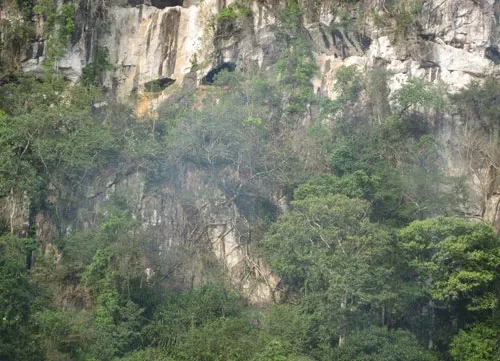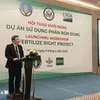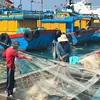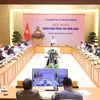Efforts made to seek UNESCO's recognition for Con Moong Cave

The event was jointly held by the provincial Department of Culture, Sports and Tourism, the Institute of Archaeology, and the Vietnam Archaeological Association (VNAA).
Participants evaluated the outstanding values of the cave and its surrounding areas based on excavation and research results, and exchanged experience in the building of such dossier.
Associate Professor Dr. Dang Van Bai, Vice Chairman of the National Cultural Heritage Council, suggested Thanh Hoa pay more attention to consulting experts from the International Council on Monuments and Sites (ICOMOS) in this regard.
In his closing remarks, VNAA Chairman Assoc. Prof. Tong Trung Tin said participants shared the view that the cave can satisfy selection criteria regarding cultural tradition, traditional human settlement, and natural habitat.
Con Moong Cave was first excavated by Vietnamese archaeologists in 1974 and recognised as a Special National Archaeological Site by the Ministry of Culture, Sports and Tourismin 2015.
The cave has been excavated many times and determined to be the first site in the country containing traces of ancient humans from the Paleolithic to the Neolithic period.
Con Moong (meaning “animal” in the Muong ethnic minority language) is 147m above the sea level and belongs to the Dong Giao geological layer dating back 240 million years ago. It measures some 40m in length, with two gates on both ends. Inside the cave, the ceiling at some places is 10m high.
In 2020, the Prime Minister approved a plan to preserve and promote the value of Con Moong Cave and its surrounding relics.
Tags:





